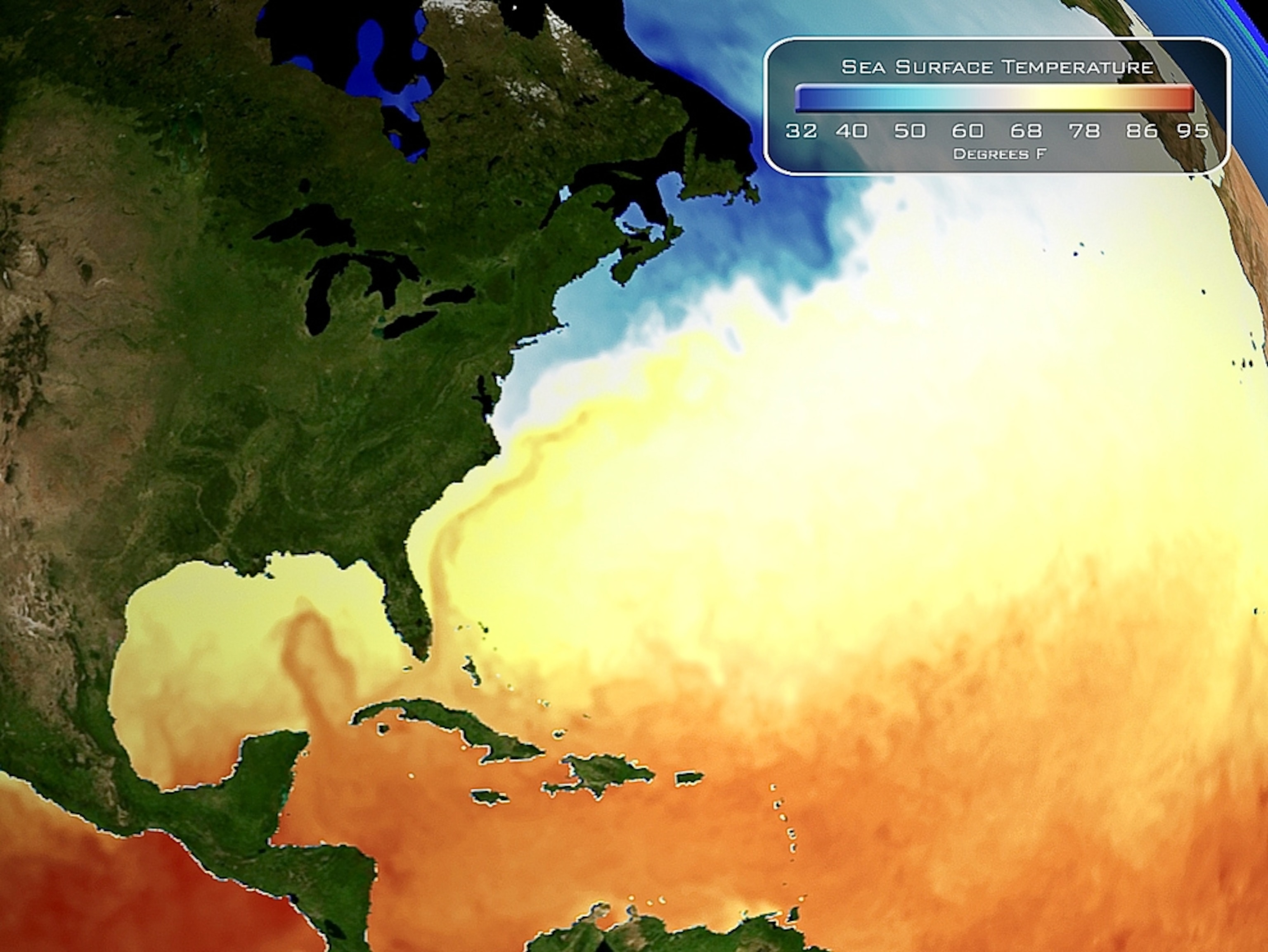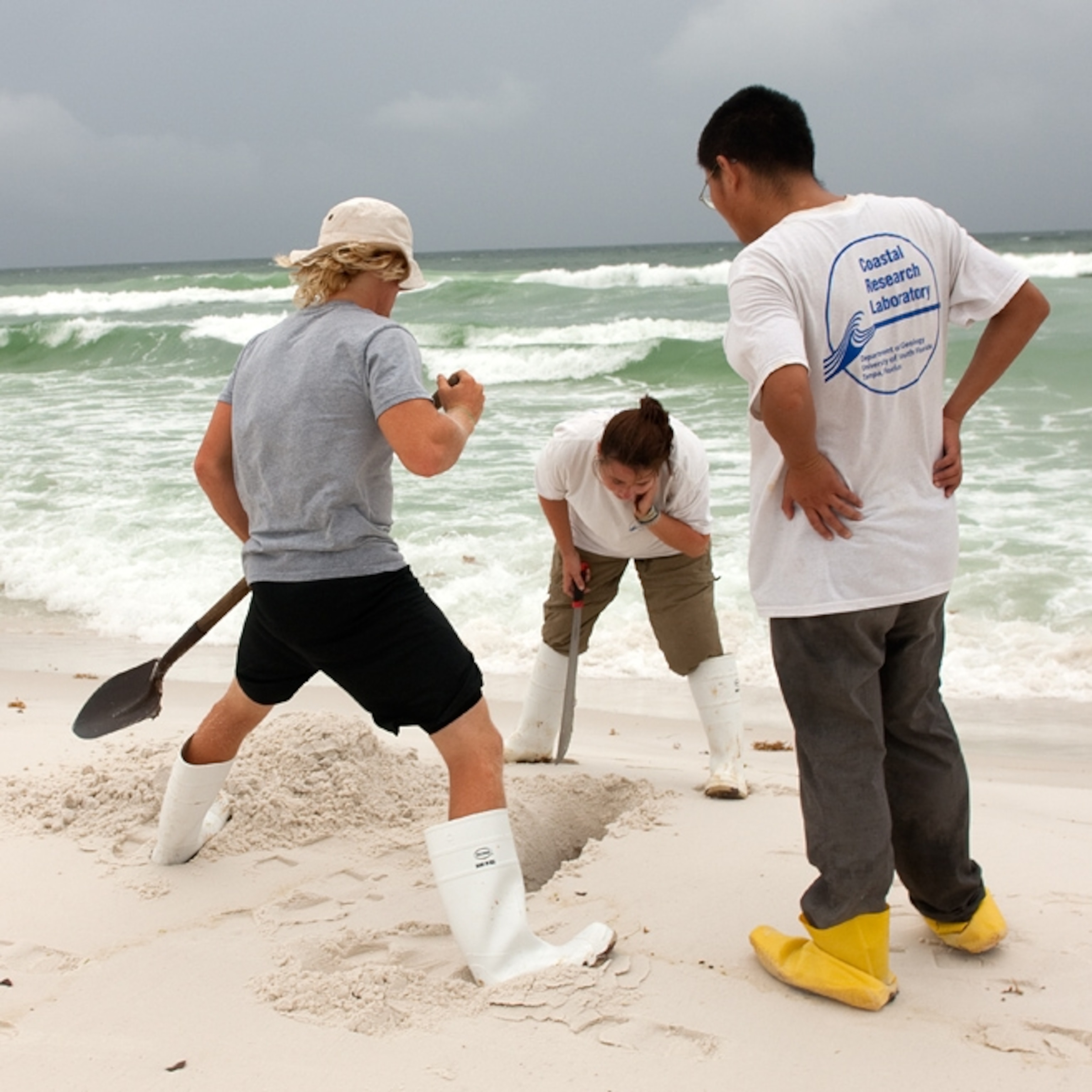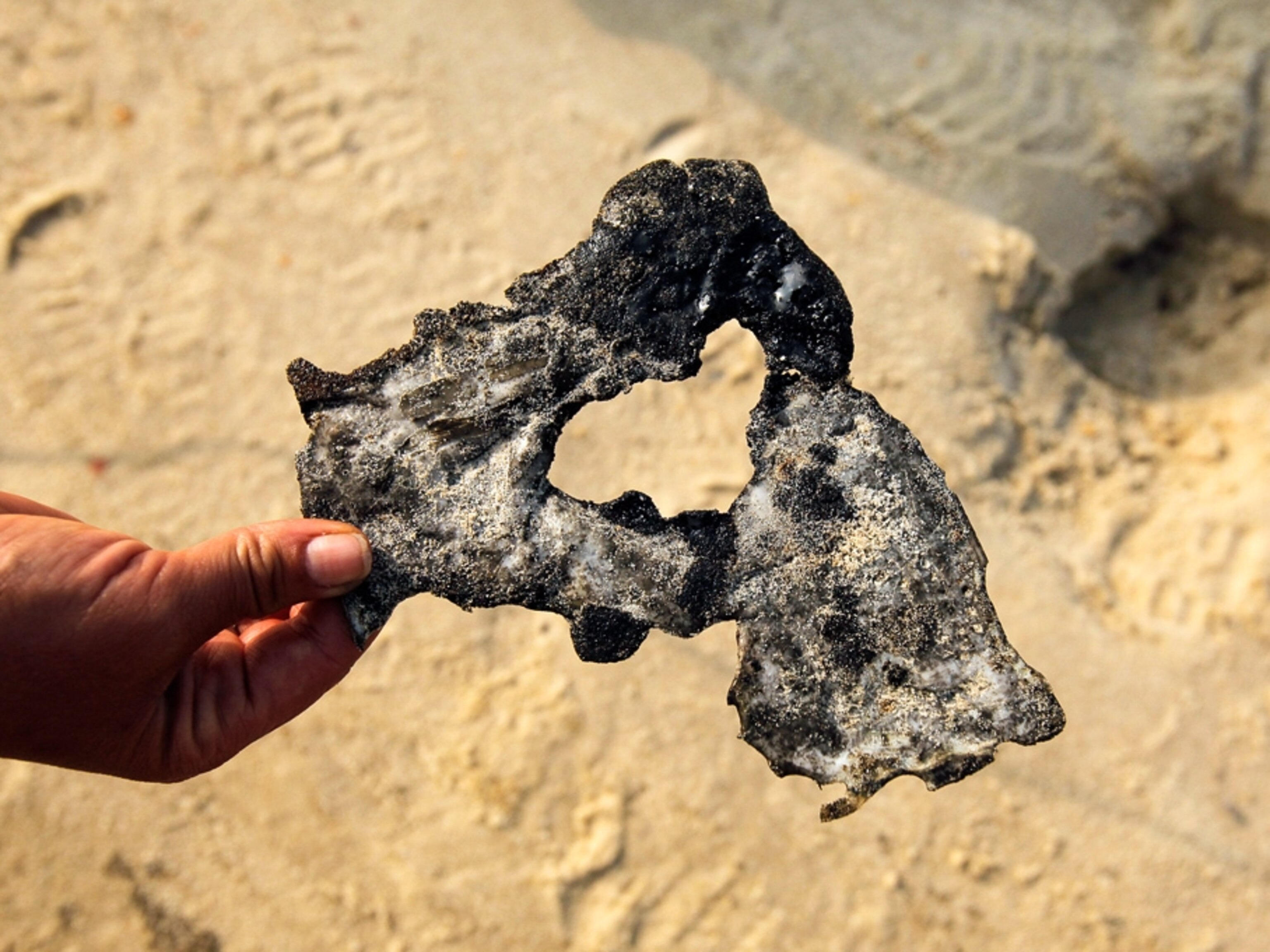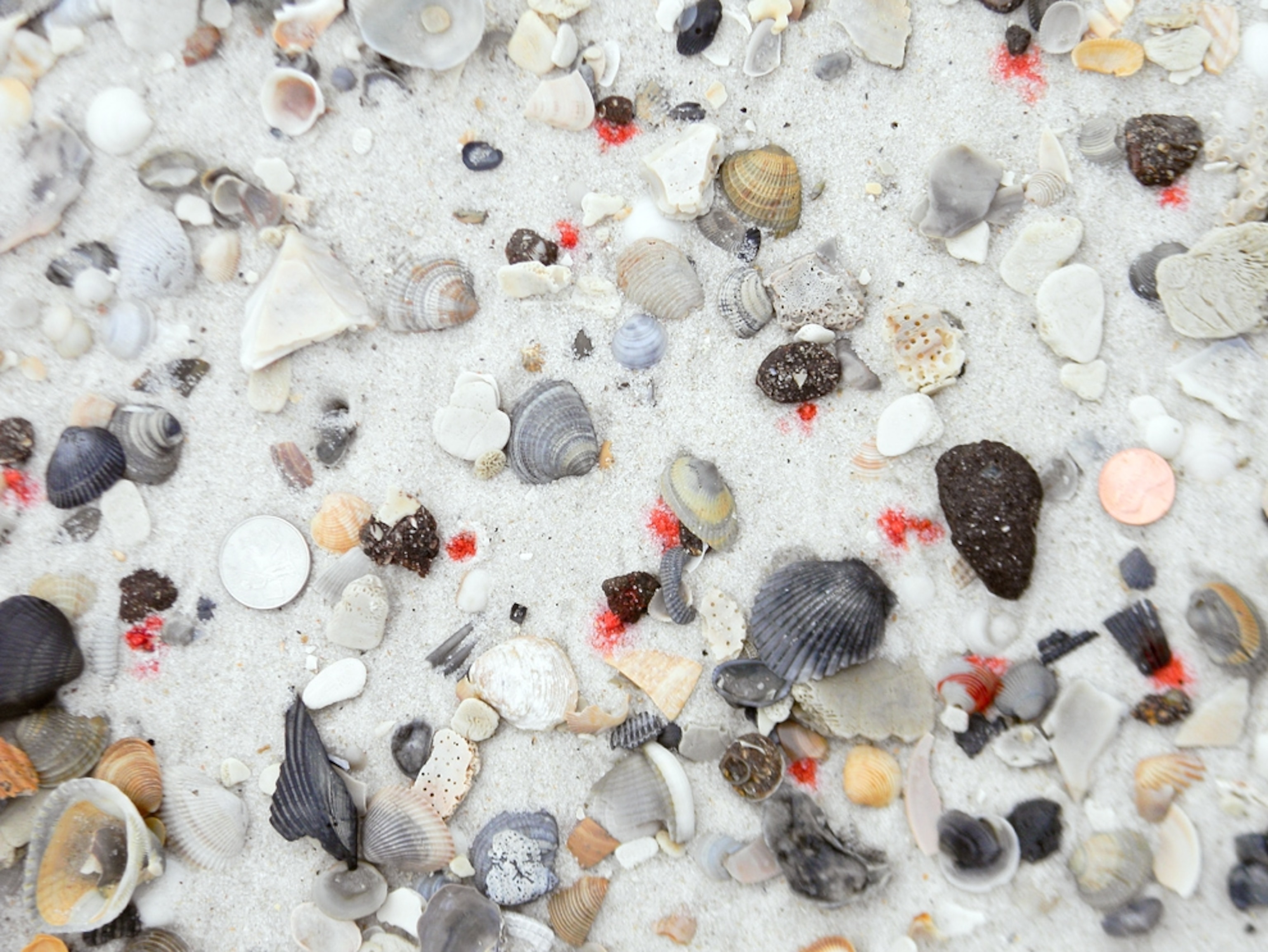
Gulf Oil Spill Could Reach East Coast Beaches
Loop current could carry oil around Florida's tip, experts say.
Part of an ongoing series on the environmental impacts of the Gulf oil spill.
As oil continues to surge into the Gulf of Mexico from the site of the Deepwater Horizon rig accident, experts warn that the Gulf's powerful Loop Current could whip millions of gallons of oil around Florida's peninsula and north to East Coast beaches.
There's no predicting the exact movements of the oil spill—which is growing by at least 5,000 barrels (210,000 gallons, or 794,937 liters) a day. But winds could push the slick south, where oil might get swept into the current.
Born in warm Caribbean waters, the Loop Current pulses north into the Gulf of Mexico and travels in a clockwise pattern toward Florida—ending up in one of the oceans' mighty conveyor belts, the Gulf Stream. (See a Gulf of Mexico map.)
If oil is swept up into the Loop Current—which moves at about 3.3 to 6.5 feet (1 to 2 meters) a second—"there's essentially no way to stop it," said Tony Sturges, professor emeritus in oceanography at Florida State University.
"Once [oil] gets into the loop current, you can bet the farm it will go around to the south" of the Florida Peninsula and into the Gulf Stream, which hugs Florida's eastern coast, he added.
"If you're at the top of a hotel in Miami Beach, you can see the Gulf Stream," Sturges said, and that means oil may easily wash ashore on the state's famous beaches.
In fact, oil in the Gulf Stream could affect coastal ecosystems along the eastern seaboard at least as far north as Cape Hatteras, North Carolina, said Mitchell Roffer of Roffer's Ocean Fishing Forecasting Service in West Melbourne, Florida.
So far, everyone's attention has been elsewhere on the Gulf Coast, added Roffer, who has been tracking the oil spill via satellite for his business. (See "Oil Spill Hits Gulf Coast Habitats.")
But he thinks Florida—especially the Keys—should be bracing for the worst now.
"It's so much better to stop this oil in the ocean before it hits the beaches," Roffer said, "because cleaning it up will be impossible."
Oil Spill Would Threaten Mangroves, Spawning Fish
If oil gets swept up by the Loop Current, the crude should take about ten more days to hit the Florida Keys, Roffer said.
Spilled oil can be eaten and digested by animals, chemically altered by sunlight, or broken into different-size droplets by winds and currents—among other "weathering" processes that can change the oil's buoyancy as it travels.
If it's picked up by the Loop Current, the tarlike, smelly oil won't have weathered enough to lose its noxious properties by the time it reaches Florida.
The floating oil could get pulled into inlets and harbors along the peninsula, where it would settle into the mangrove forests that are nurseries for many species of sea life, Roffer pointed out.
"You can't go to every mangrove and clean off every root from the oil," he said.
As oil travels farther north via the Gulf Stream, weathering would cause the crude to sink deeper into the water column, he added, further complicating cleanup. (Related: "Gulf Oil Spill Fight Turns to Chemicals.")
Roffer thinks it would be wise for people in Florida to lay out booms—long, buoyant tubes that can encircle sensitive areas to keep oil at bay.
But that won't help many fish and other creatures that spawn this time of year, noted Sylvia Earle, a marine biologist and National Geographic explorer-in-residence. (National Geographic News is owned by the National Geographic Society.)
Eggs and larvae born on the seafloor rise to the surface and ride the ocean circulator belts—such as the Loop Current—far and wide, she said. And it takes just a few droplets of oil to kill off such eggs.
(See pictures of how the Gulf oil spill is affecting wildlife.)
Oil in the Loop Current Still a Big If
Florida State's Sturges stresses the unpredictability of the situation.
"Any oceanographer who has an IQ above room temperature could tell you that" there's a danger of the oil getting into the Loop Current, he said.
The outcome hinges on whether winds will blow the oil far enough southeast so that it joins the current—a big if, Sturges said.
The latest National Oceanic and Atmospheric Administration (NOAA) forecast shows that the Gulf oil slick will likely remain north of the Loop Current—at least until Wednesday.
Yet with oil still coursing from the 5,000-foot-deep (about 1,500-meter-deep) wellhead, chances are the Gulf of Mexico will remain doused in oil for several months, Sturges noted.
Given enough time, "the wind will have plenty of opportunity to blow [the oil slick] any direction it wants."
In addition, the Loop Current is constantly changing, according to fishing forecaster Roffer. Like cream getting stirred into coffee, the Loop Current mixes with slightly cooler waters in the Gulf of Mexico, creating its own network of fast- and slow-moving streams.
The Loop Current sometimes branches into spinning whorls called eddies, which have powerful suction. These eddies could either pick up oil and carry it closer to shore or bring the oil back into the loop.
Overall, the oil spill's progression is a coin toss, Florida State's Sturges said.
"There's not a lot of science left—it's just, Watch it and see what happens."








